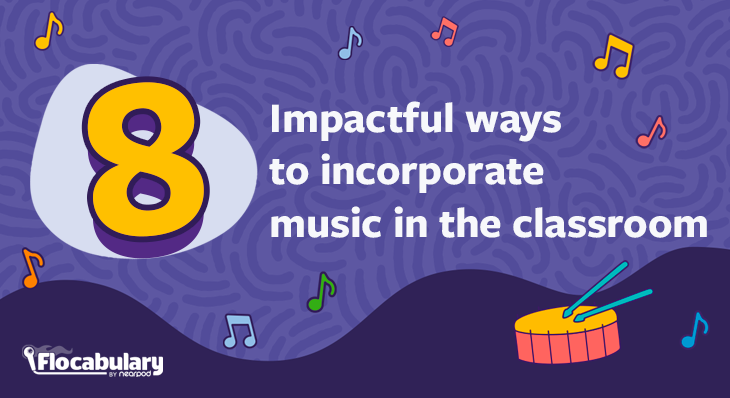
8 Impactful ways to incorporate music in the classroom
Why is music important in the classroom?
Incorporating music into the classroom curriculum benefits students in numerous ways. Music has been proven to enhance cognitive development, memory retention, and problem-solving skills. It promotes emotional well-being, reduces stress, and fosters a sense of community and collaboration among students. Whether through singing, playing instruments, or analyzing music’s historical and cultural significance, incorporating music in the classroom creates an impactful and enriching educational experience that goes beyond traditional teaching methods. Keep reading to explore ideas on how to incorporate music in the classroom.
Flocabulary’s video lessons create emotional connections by harnessing the power of music, as well as visual art, storytelling, humor, drama, and poetry. Plus, Flocabulary is all about hip-hop, one of the most influential music genres in the world!
Captivate students and make learning experiences memorable and interesting through Flocabulary. Teachers can sign up below to access the activities and lessons shared in this blog post. Administrators can contact us below to learn more about the power of Flocabulary Plus.
8 Impactful ways to incorporate music in the classroom
1. Welcome students with a curriculum music video
Okay, we can’t guarantee you’ll go viral like fourth-grade teacher Dwayne Reed, but we can guarantee your students will be excited about the subject area early on, as they should be. Similarly, dismissing students with this approach will reinforce newly acquired knowledge and keep them hungry for more!
Need some inspiration? Check out his welcome video below!
2. Create a song or playlist to demonstrate mastery
Similarly, students can demonstrate understanding by writing their own songs about a content area or concept. Creating a playlist is a great way for teachers to gauge how well students mastered a particular subject area. For example, if students make a playlist that includes happy music during a tragic period in history, they need to review the content again.
Flocabulary’s new Lyric Lab is a great resource that will help you execute this practice seamlessly!
New to Lyric Lab? Here’s what it looks like!
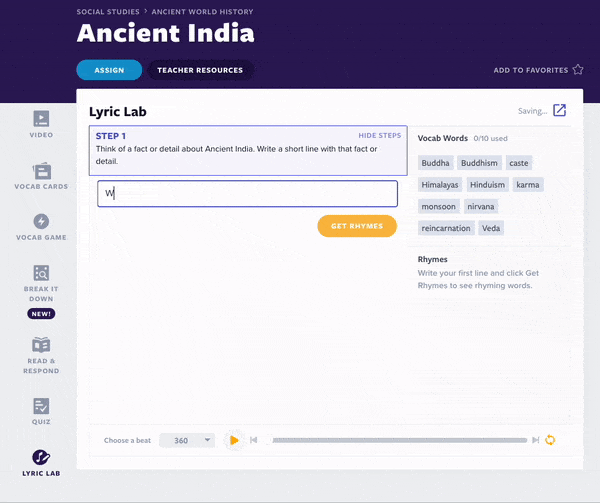
3. Use music for routine transitions
Many of us are familiar with the classic Mary Poppins song, “A Spoonful of Sugar (Helps the Medicine Go Down).” Music in the classroom serves as a cue that helps signal a change in activity, allowing students to easily transition from one task to another without confusion or disruption. It can help set the tone and mood for the upcoming activity, fostering a conducive learning environment and enhancing students’ focus and productivity.
Music has several qualities that make it an excellent tool for helping with transitions. It provides a fun, structured, and attention-grabbing way to help kids transition their bodies and minds.
Modulations Therapies
4. Play music to set the tone for the classroom
Music is a resourceful way to manage your students’ energy levels. Teachers should play music to set the tone for the classroom because it helps create a positive and conducive learning environment. By selecting appropriate music, teachers can influence the atmosphere, promoting relaxation, motivation, or focus, depending on the desired tone. Want them to shake off that excess energy? Play an upbeat, active tune for the first five minutes of class. Alternatively, calming them down by listening to music with a relaxing melody is also an option.
5. Use instrumental music to inspire writing
Using music as writing prompts is an especially popular method for English Language Arts (ELA) instructors. Teacher and Edutopia blogger, Heather Wolpert-Gawron, writes:
Picture this. The students enter the classroom. John Williams is playing on the speakers. Maybe it’s the ominous opening from the film Jaws or the flying sequence from Hook. Now write.
Sounds like an exciting start to class, right?
In addition, a study from John Hopkins School of Education says that playing reflective music while writing holds students’ attention for longer periods of time than without, and was proven when students wrote twice as much with music.
6. Rewrite lyrics to a popular song
Rewriting lyrics to a popular song is yet another creative outlet for your students while they engage in writing. By rewriting lyrics to reflect the content of a unit, students are prompted to deepen their understanding of the topic and find clever ways to express key concepts. This activity can be done individually or in groups, allowing students to showcase their knowledge and demonstrate their mastery of the unit’s content in a fun and memorable way.
Lyric Lab is also a great tool to use to do this! Select a video lesson related to a unit you are teaching and have students complete a Lyric Lab inspired by a popular song. The Lyric Lab will include a word bank of vocabulary words related to the topic and word-rhyme generator students can use to create their masterpieces.
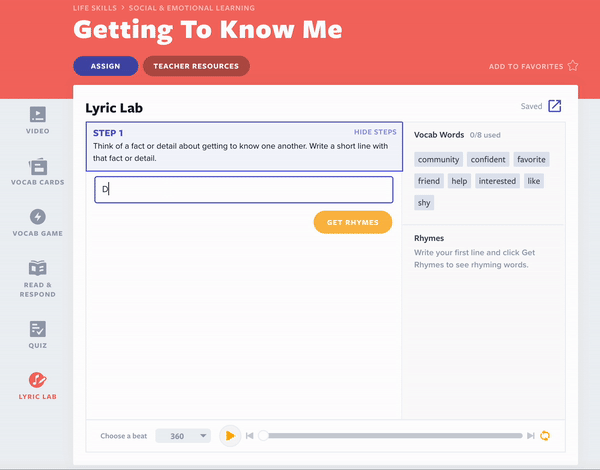
7. Teach vocabulary with music
Rap it. Chant it. Master it. By incorporating catchy melodies and rhythm into vocabulary lessons, students are more likely to retain and recall the words. Teachers can create mnemonic devices, songs, or chants that highlight the meaning and usage of target words, making the learning experience enjoyable and memorable for students.
Flocabulary strategically uses hip-hop as the foundational medium to teach vocabulary and provide the necessary in-context word exposure. Hip-hop has 2-3 times the number of words per song compared to other genres, making it the perfect format to teach vocabulary.
Our award-winning Word Up program is proven to boost reading scores and impact student achievement.
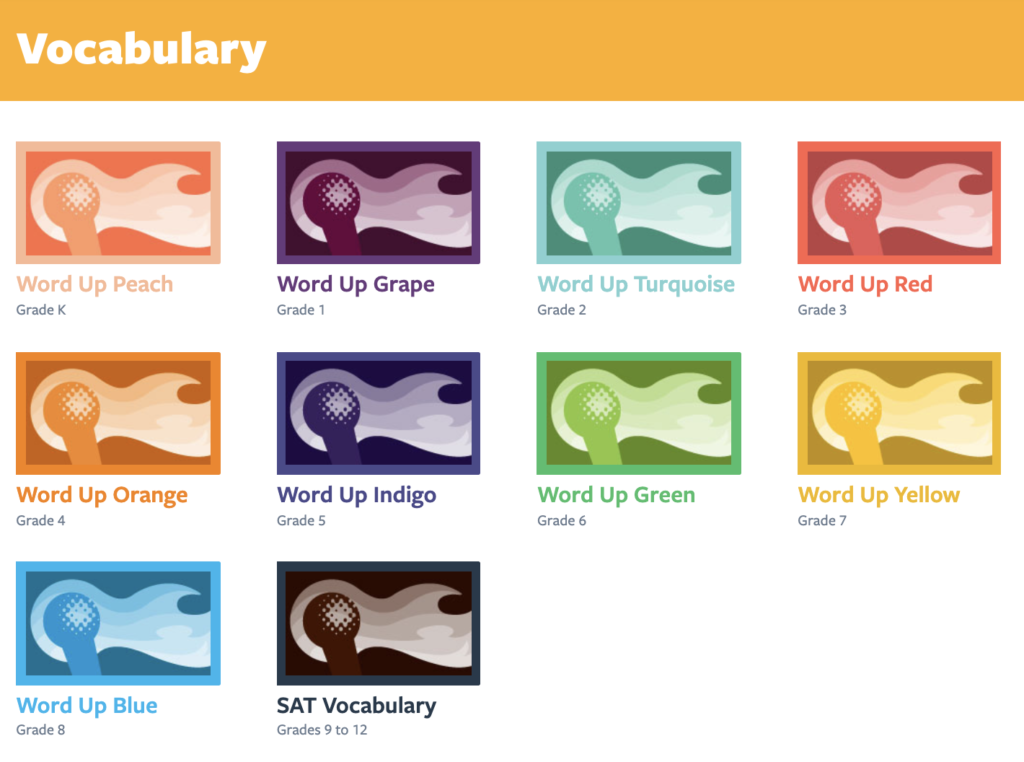
8. Set up class discussions with music
Setting up your class to discuss lyrics and interpret the meaning of songs, especially when teaching a second language, is key when it comes to gaining a greater understanding of a particular culture. Teachers can utilize music as a prompt or inspiration for discussion topics, allowing students to explore themes, emotions, and perspectives evoked by the music. By incorporating music into classroom discussions, teachers can enhance student engagement, promote active listening, and facilitate meaningful dialogue.
Combine videos with music with Flocabulary video lessons. Enable “Discussion Mode” so the video can stop during strategic moments and display a meaningful class discussion prompt.
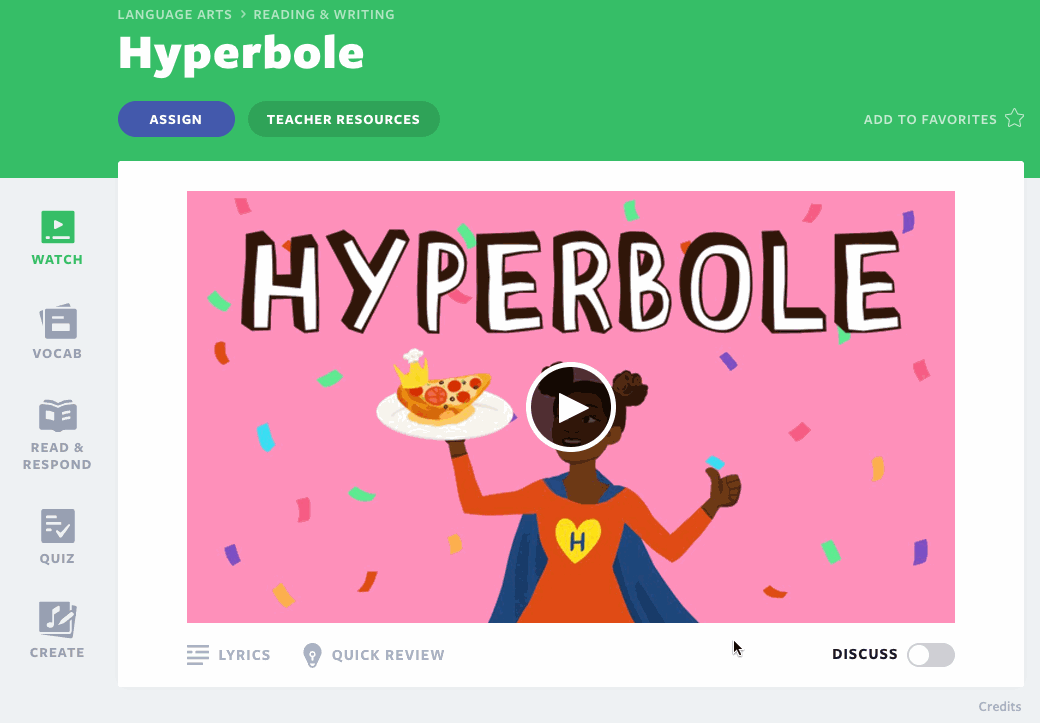
Start using Flocabulary to integrate music in the classroom
Whether it’s using music to set the tone, teach vocabulary, or facilitate class discussions, music adds an extra layer of engagement and creativity to the educational experience. By harnessing the power of music, teachers can create an environment that fosters cognitive development, emotional well-being, and collaboration among students. So, let’s embrace the rhythm and melodies that music brings and unlock the full potential of our classrooms by infusing them with the magic of music.
Captivate students and make learning experiences memorable and interesting through Flocabulary. Teachers can sign up below to access the activities and lessons shared in this blog post. Administrators can contact us below to learn more about the power of Flocabulary Plus.
